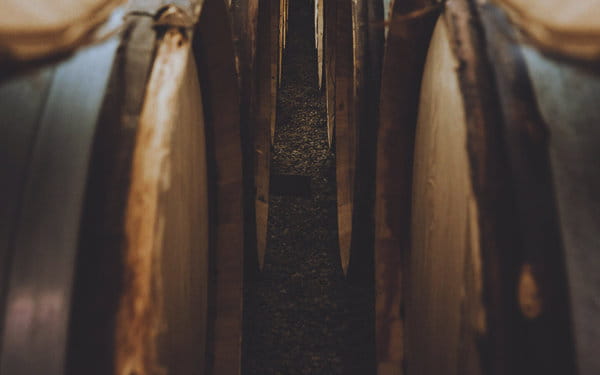Domaine Berthelemot is a family business based in Meursault and cultivating 15 hectares in the Côte de Beaune area (Meursault, Puligny-Montrachet, Pommard, Beaune....). Our pledge is to produce wines revealing the true quality characteristics of the land and take care to protect the environment. Our wines are certified "organic" from vintage 2021.
 Download PDF
Download PDF
The vine
Plot /climat
Noizons and Petit Noizons
History
Pommard, regarded as "the flower of the wines of Beaune" since the Middle Ages, has always been synonymous with powerful, aromatic wines with great aging potential. Petits Noizons and Noizons are located upstream of the Premier Crus and rank among the finest "villages" of Pommard. Many walnut trees once dotted the landscape.
Soil
Clay-silty soil with a red appearance due to the presence of iron oxide. There is a strong presence of dolomitic rock (limestone infused with magnesium and calcium). Most of the time, the blocks are broken down and have integrated into the marls and ferruginous clays, which are also characteristic of the Noizons soil.
Our plot(s)
Surface area: 1 hectare, located between 290 and 320 meters. East and south-east exposure, with a slope ranging from 3% to 10%.
-
Age of vines
- Planting date Surface
- 1929 30.15a
- 1971 29a
- 1978 51.79a
The wine
Description
100% Pinot Noir from handpicked grapes ; raised in oak casks.
Taste
Deep red in color, the wines display aromas of ripe red fruits, liquorice, and gentle spices. In the mouth, they are powerful, warm, and complex, with structured tannins and great persistence. With age, the wine will reach its peak, revealing notes of leather and undergrowth.
Serving temperature
15/16°C. It is recommended to decant recent vintages so as to enhance the aroma.
The vintage
- 2024 : Saved from water. The end of winter was marked by mild temperatures and significant rainfall, allowing partial replenishment of groundwater reserves. Spring was characterized by frequent and sustained rainfall, resulting in high cryptogamic pressure and increased vineyard workload. A period of milder weather during flowering allowed early Chardonnay parcels to set fruit under favorable conditions. In contrast, cooler temperatures during flowering led to flower abortion in Pinot Noir. For the second time in ten years, the summer passed without a heatwave, easing water stress on vines with reduced vigor. These cool and humid conditions slowed maturation, with veraison only fully completed in the final days of August. An anticyclonic weather pattern established over the Côte d'Or during the second week of September, enabling the start of harvest on September 13th in excellent conditions. The white wines show aromatic precision, tension, with delicate profile. The red wines present fresh, crunchy fruit with fine tannins. The 2024 vintage is elegant and refined, offering classic Burgundy expression and strong ageing potential.
